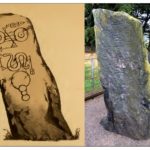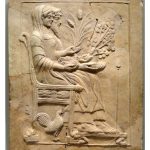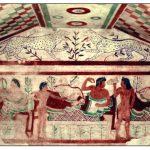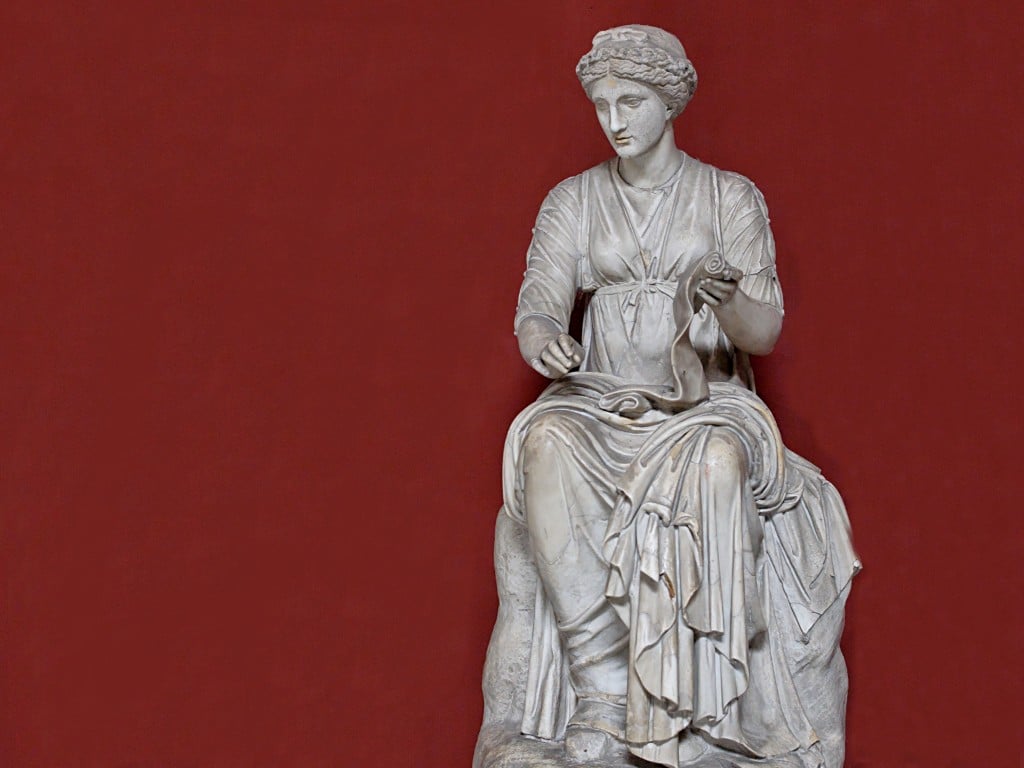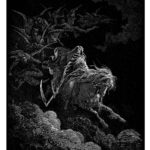
We have been here before. The coronavirus pandemic has many precedents. Over the centuries various plagues have swept over our world. Many millions of people have died before their time. From 1347 to 1351 the Black Death killed about 30 million people in Medieval Europe: over a third of the population. From 1918 to 1920 the Great Influenza killed about 50 million people: about 2.5% of the world’s population. Each of these pandemics was as deadly as World War I (about 20 million) or World War II (about 70 million). Pandemics are more worrisome than wars: we cannot sue for peace with a virus. Most of us survived even the worst of past infections. Our systems of immunity will likely once again become victorious in this present pandemic. But just like after a war, we shall be severely chastened. How close we will have come to death will change the way we think. Everything will be seen through the mirror of our own mortality and the transience of our species. The nearness of an ending will distort our thinking. We shall have strange dreams and frightening visions.




